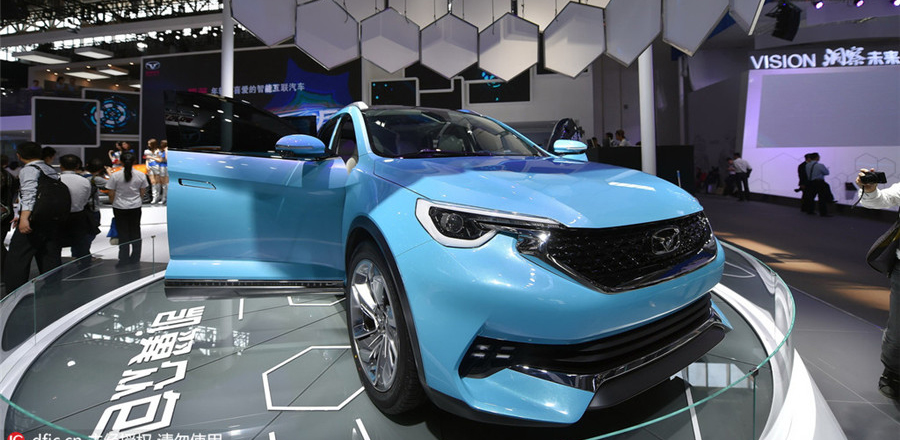
While "excuse me" is among the very first English phrases learned by those mostly young folks during Shanghai's rush hours, they don't use it at all. So when the train stops, you find people pushing from all directions trying to get out. Why is saying "excuse me" (duibuqi in Chinese) so difficult. Something so simple would make traveling on the subway easier and more pleasant for everyone.
What's worse is that those not getting off will often block the door instead of stepping out first to leave a passage for others.
Once out of the car towards the exit escalators, most Shanghai riders do not observe the "stand on the right and walk on the left" rule despite public campaign promoting those rules in the past years.
As someone who likes to walk up the escalators as an exercise, I find few Shanghai subway users do, and they will stand on both sides. Maybe they are just exhausted after the horrible rush hour ride, an exercise itself indeed.
A total of 37 Chinese cities have built or plan to build subway systems. And for Shanghai, the route length is expected to reach 800 km by 2020, with a total of 18 lines and some 500 stations, New York City, at 469, has the most subway stations in the world at present.
These statistics are impressive, however, Shanghai commuters need to be more considerate. Their sheer lack of etiquette now does not match well with the city's modern Metro system.
And that could also be the case for many other Chinese cities operating and building their subways.
The author is deputy editor of China Daily USA. chenweihua@chinadailyusa.com













